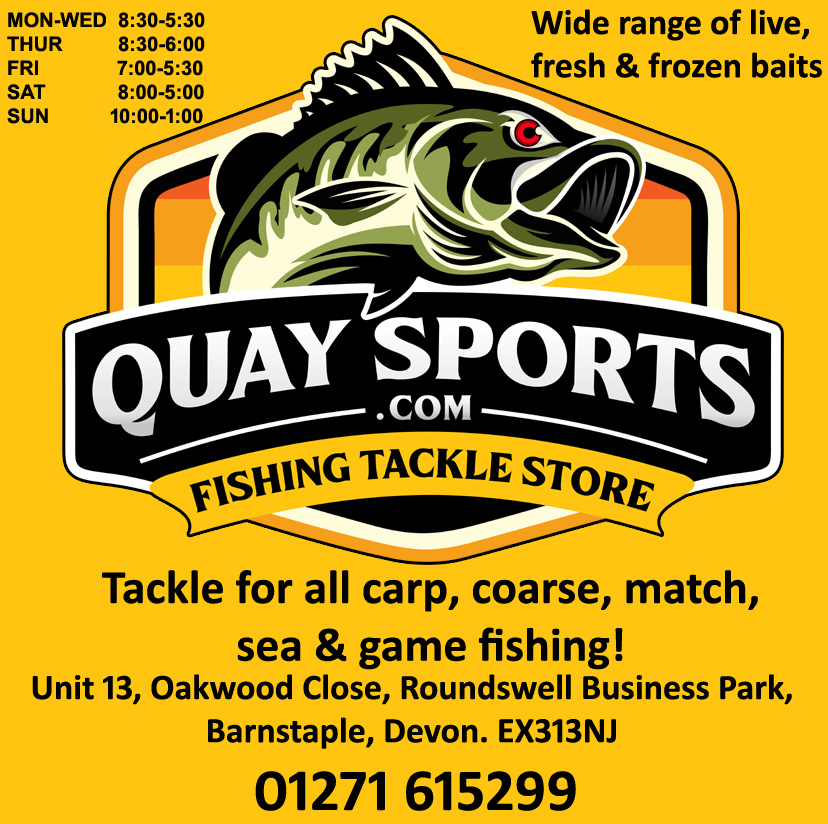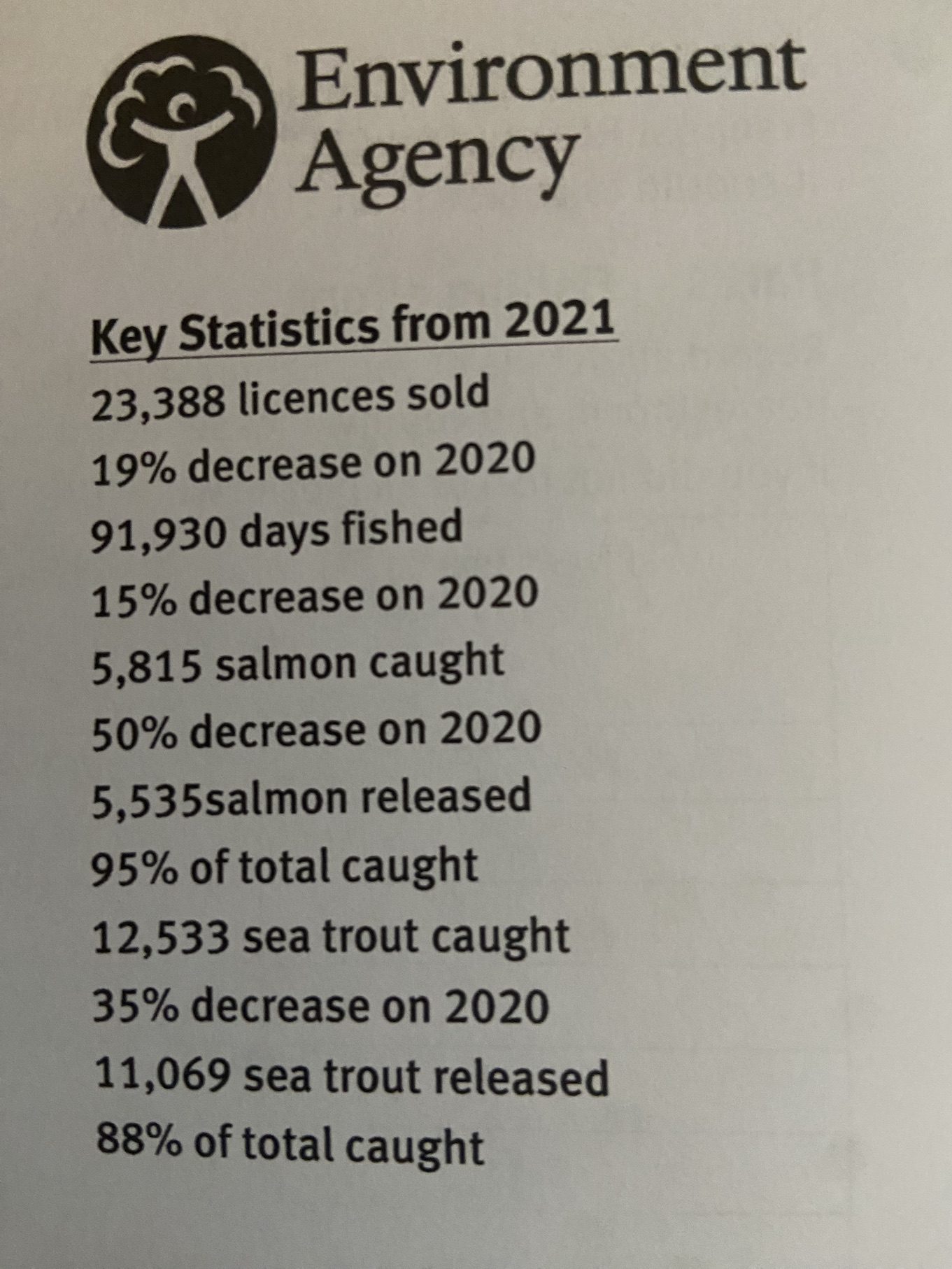
We all know that statistics can be misleading but the facts above are pretty depressing taken at face value. The catch return data relates to the 2021 season so this year’s drought hit season will undoubtedly be even worse.
A 50% reduction in salmon caught is in itself a startling figure that is of course to some extent related to the reduction in angling effort as a result of the COVID epidemic. The vast majority of salmon and sea trout caught are now released in an effort to safeguard stocks that have tumbled in recent decades.
When I started fishing for salmon in the early 1980’s stocks were recovering from the blight of UDN a disease that decimated stocks across the UK. The number of salmon caught then was still far higher than today. On the River Lyn some individual local anglers caught in excess of one hundred salmon in a season. They reflected on times when salmon packed the pools like sardines. I suspect this season’s total catch will total less than 25 for the Lyn and little more for the Rivers Taw and Torridge combined.
The reasons for this catastrophic collapse are complex and many. Climate change is undoubtedly a big player along with historic overfishing by commercial fleets. There is also a complex imbalance of the natural eco-system with predators such as seals, cormorants, mergansers and otters taking large numbers of salmon throughout their incredible migration.
A relatively recent impact upon the salmon stocks of the West of Scotland has been salmon farming a toxic industry.
Pete Tyjas a well-known Local Fly Fishing enthusiast and editor of Fly Culture Magazine has launched a campaign to raise awareness surrounding the toxic nature of salmon farming and its devastating impact on wild fish stocks. Pete writes “Please DON’T EAT FARMED SALMON – Here’s Why – Huge and unnatural swarms of parasites (sea lice) that attack penned fish and kill young migrating wild salmon and sea trout. Serious pollution of the sea bed and coastal waters from chemicals, antibiotics and tons of fish faeces that smothers and kills sea life. Worldwide devastation of fish stocks, super trawlers to provide feed for fish farms that is destroying the life of coastal communities.”
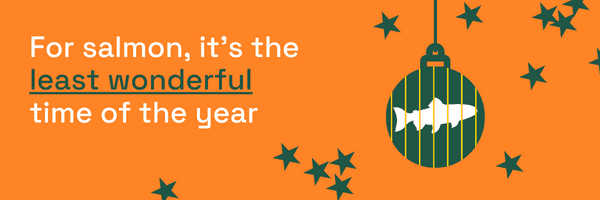
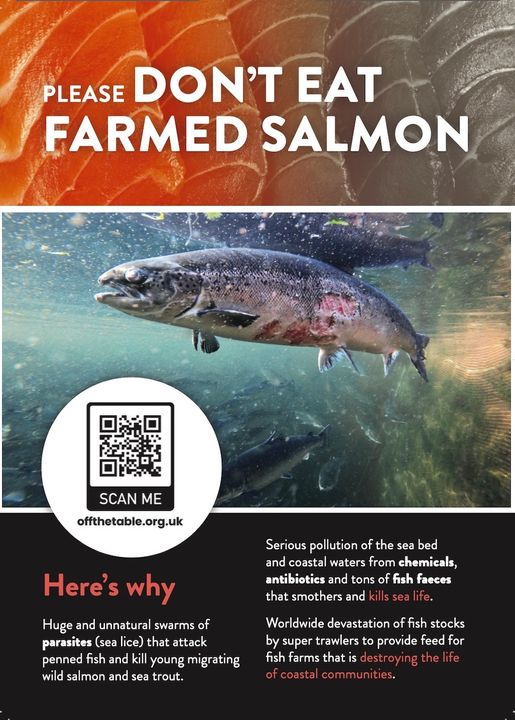
Salmon have been migrating into the Rivers of the UK for many thousands perhaps millions of years. The last ice age ended around 25,000 years ago and at some point after this salmon the king of fish established a thriving population forging upriver in abundance. A couple of hundred years ago these fish were harvested and eaten in large numbers but it was not until Victorian times that the salmon was recognised as the king of fish sought after for sport by the wealthy upper classes.
During the early twentieth century salmon populations were able to support both a commercial fishery and a healthy sporting industry that supported many hotels, tackle shops and country estates. It still does in parts of the Scottish East coast where mighty Rivers like the Spey and Tay still have large runs of fish.
It is tragic that we have allowed wild salmon to decline to such an extent that they could be extinct across the South West within a generation. An iconic fish that has forged into rivers for thousands of years threatened with extinction largely due to mankinds failure to support and nurture natures complex system. If we had taken care of salmon and the oceans then surely we could have continued a sustainable harvest. Short sighted greed and failure to appreciate natures worth is a lesson that is only slowly starting to sink in.
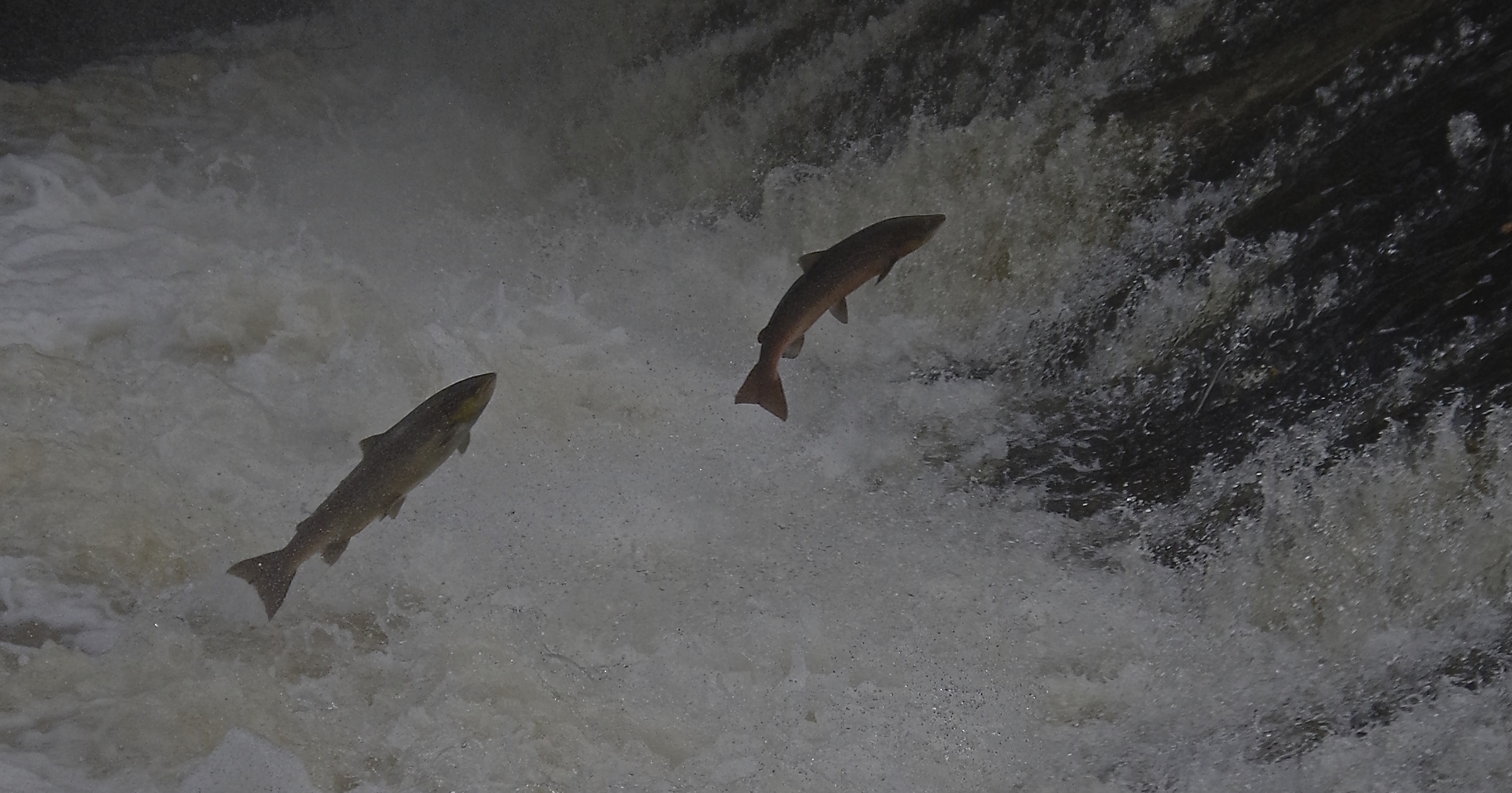
Table 15: South West salmon rod catches
| River | Salmon caught | Salmon released | Percentage released |
|---|---|---|---|
| Avon Devon | 12 | 11 | 92% |
| Avon Hants | 88 | 88 | 100% |
| Axe | 0 | 0 | 0% |
| Camel | 42 | 42 | 100% |
| Dart | 5 | 5 | 100% |
| Erme | 4 | 4 | 100% |
| Exe | 108 | 98 | 91% |
| Fowey | 94 | 92 | 98% |
| Frome | 42 | 42 | 100% |
| Lyn | 44 | 43 | 98% |
| Lynher | 63 | 61 | 97% |
| Plym | 3 | 2 | 67% |
| Tamar | 178 | 162 | 91% |
| Tavy | 30 | 27 | 90% |
| Taw | 59 | 57 | 97% |
| Teign | 33 | 30 | 91% |
| Torridge | 18 | 17 | 94% |
| Yealm | 0 | 0 | 0% |
| Other | 0 | 0 | 0% |
| Total | 823 | 781 | 95% |

